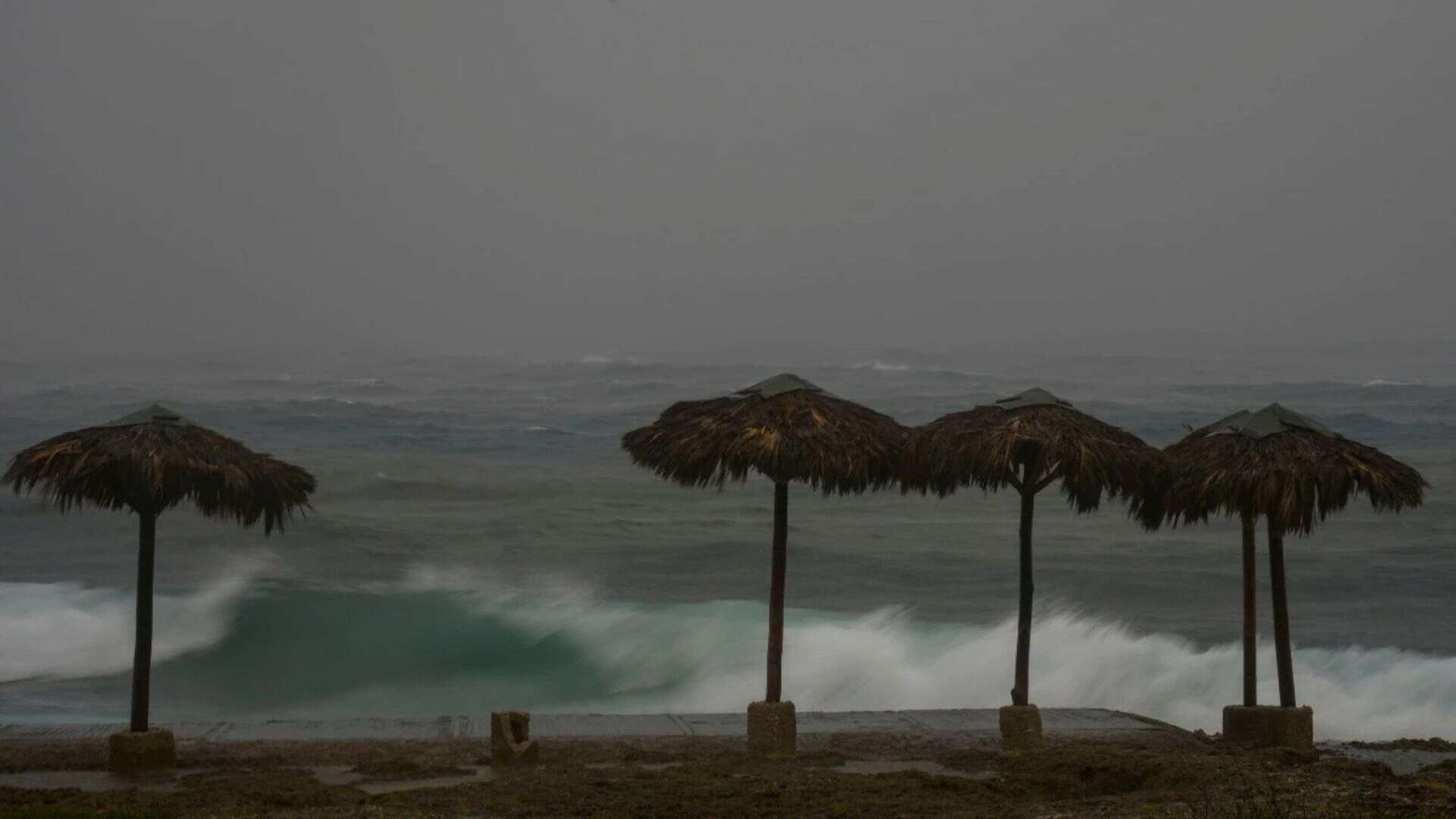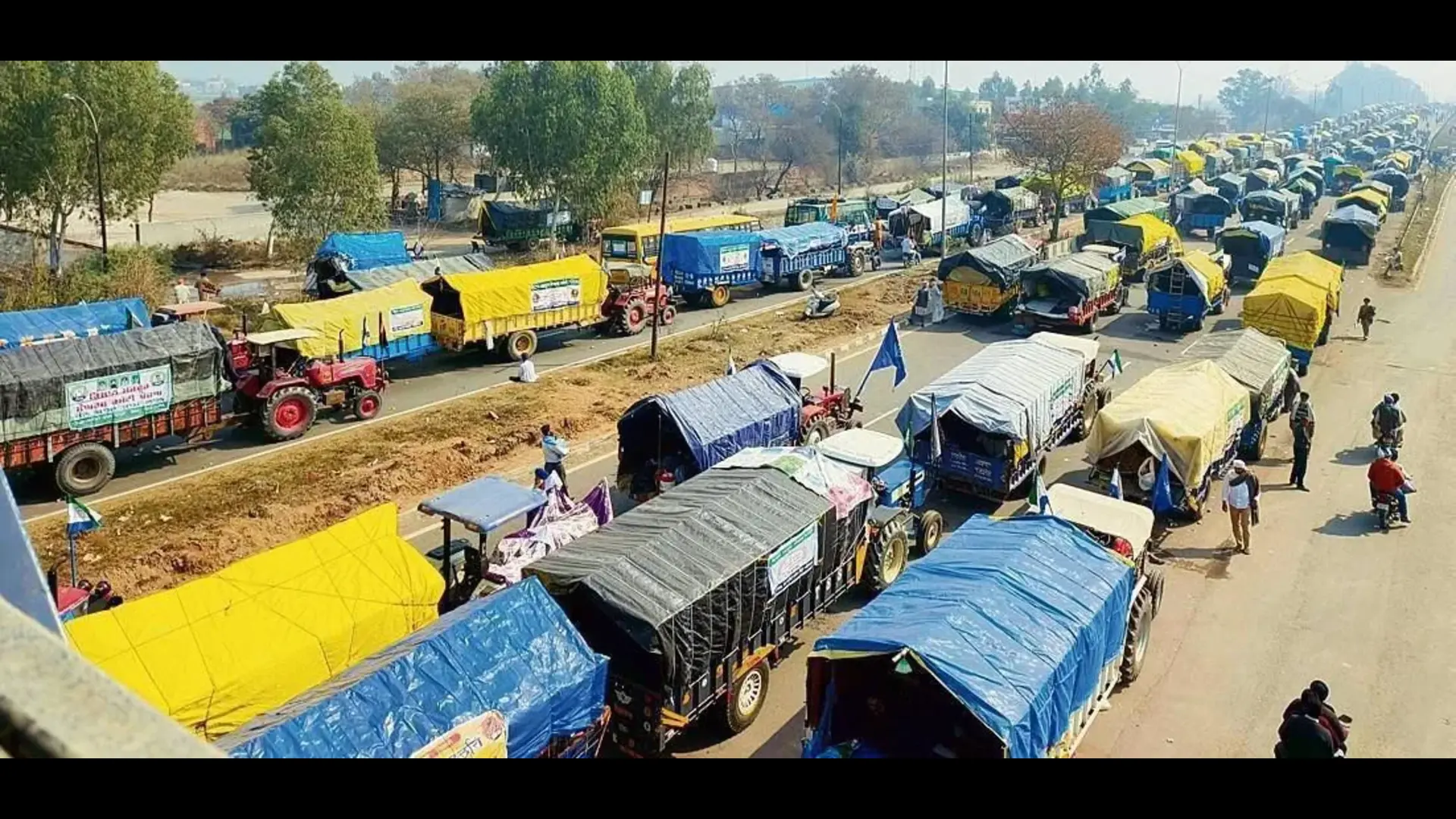Cuba is reeling after a powerful category 3 hurricane, Rafael, tore through the island, knocking out the country’s power grid, downing trees, and damaging infrastructure. Fortunately, no fatalities were reported initially.
Hurricane Rafael crossed Cuba’s western region on Wednesday evening, about 45 miles (75km) west of Havana. José Ignacio Dimas, a security guard returning from his night shift, found his apartment building in the historic center of the city had collapsed.
“The entire front wall of the building fell,” said Ignacio Dimas, his voice tight with emotion, as he surveyed the damage on Thursday morning. Like many buildings in the capital, it was old and lacked proper maintenance. Approximately 50,000 people took shelter in Havana, with thousands more seeking refuge in flood-prone areas or flimsy homes just south and west of the capital. The main road from Havana to Batabanó was littered with downed utility poles and wires.
Must Read: Hurricane Rafael Again Triggers Nationwide Blackout In Cuba Amid Destructive Storm
Lázaro Guerra, electricity director at the Ministry of Energy and Mines, reported that power had been partially restored in the western region of the island, and generation units were coming back online. However, he cautioned that full restoration would be slow as crews prioritized safety.
Cuba had already endured a tough October, with island-wide blackouts due to the ongoing energy crisis, followed by a deadly hurricane that claimed at least six lives in the eastern part of the island. These disasters have fueled growing discontent amidst the nation’s ongoing economic crisis, which has driven many Cubans to migrate.
As Hurricane Rafael moved across Cuba on Wednesday, it weakened to a category 2 storm as it entered the Gulf of Mexico, headed toward Mexico, according to the National Hurricane Center in Miami.
By late Thursday morning, Rafael was located about 200 miles west-northwest of Havana, with maximum sustained winds of 100 mph (160 km/h), moving west-northwest at 9 mph.
Must Read: More Than 66,000 Cubans Evacuated As Heavy Rains Cause Flooding Concerns In Guantanamo
Earlier in the week, the hurricane had brushed past Jamaica and battered the Cayman Islands, downing trees, power lines, and causing significant flooding. Thousands of residents in Jamaica and Little Cayman remained without power as crews worked to restore electricity.
Rafael, the 17th named storm of the season, was expected to continue weakening as it moved over open waters toward northern Mexico. The National Hurricane Center warned of “above-average uncertainty” regarding the storm’s future path.
The National Oceanic and Atmospheric Administration had predicted that the 2024 hurricane season would be well above average, forecasting between 17 and 25 named storms, including up to 13 hurricanes and four major hurricanes. By comparison, an average Atlantic hurricane season produces 14 named storms, seven hurricanes, and three major hurricanes.
The increasing frequency of intense and destructive tropical cyclones is linked to human-caused climate breakdown, as warming oceans provide more energy for stronger storms.
Also Read: 3 Reasons Behind Cuba’s Widespread Power Grid Failure Amid Deepening Crisis







